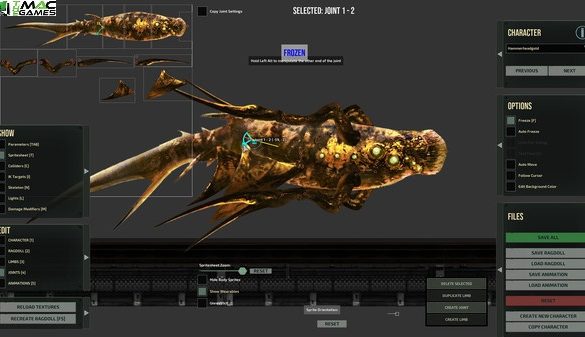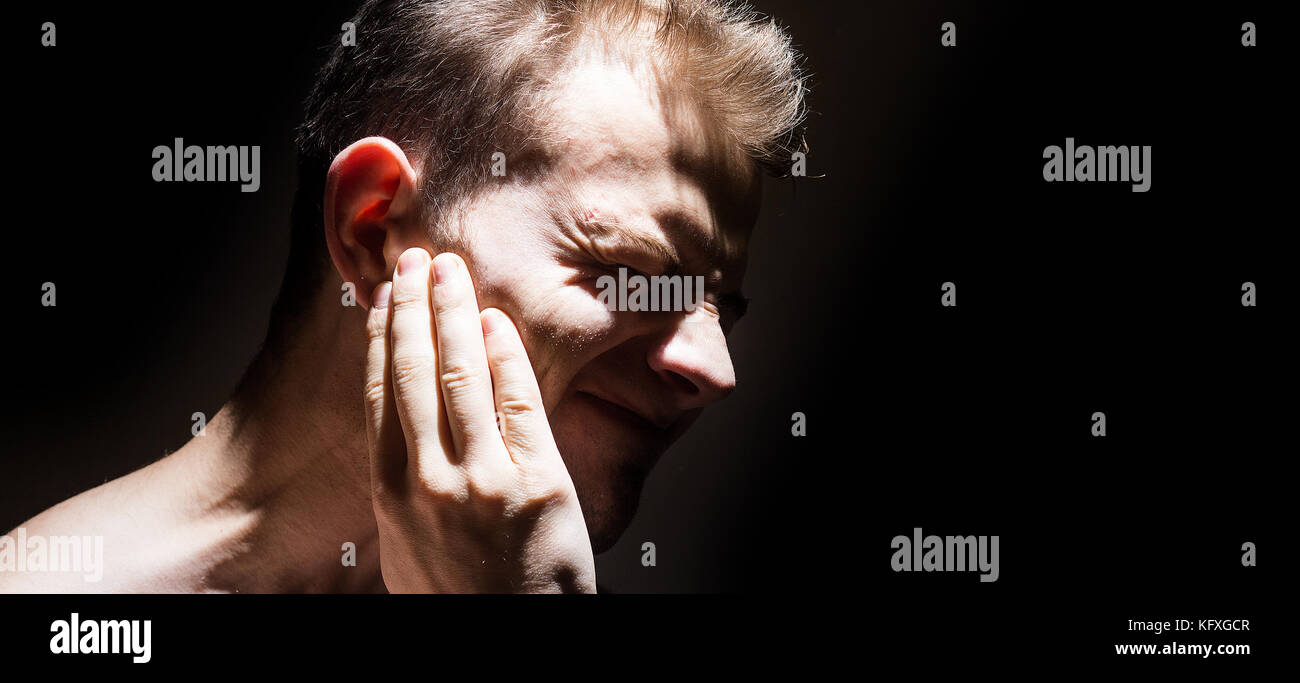
With routine healing, and depending on the extent of the injury, the symptoms of mask squeeze can take up to two weeks or more to resolve. These symptoms are infrequent in mask squeeze. If you have eye pain or visual disturbances such as blurred vision or loss of part of the visual field, or feel blood that has accumulated/layered (hyphema) in colored part of your eye (iris), see your physician or an eye specialist immediately.

Because it is essentially a bruise, your body will eventually reabsorb the blood.

Unless you are experiencing eye pain or visual problems, there is no treatment for facial barotrauma except time. This healing is a natural process that corresponds with how your body metabolizes the blood. Subconjunctival petechiae and hemorrhage from mask barotraumaĭuring the healing process, blood will change color from the initial bright red to a darker red, then greenish, then yellowish before the eye returns to its standard white color. Visual disturbances are rare, but they are a sign of a more severe compromise and require immediate medical evaluation. In some cases, subconjunctival petechiae or hemorrhage (blood from burst vessels) appears in the white of the eye. After it is resolved by properly equalizing the mask or ascending to the surface, you may show some swelling in the affected area and red, brown, or purple spots (petechiae), particularly on your eyelids. The result ranges from mild discomfort to pain. The negative pressure over the soft tissues beneath the mask (upper cheeks, nose, lower forehead, eyelids and eyeballs) will cause engorgement of the blood vessels. You will likely feel a suction effect over the affected area. The pressure difference can result in various degrees of facial barotrauma, which is an injury to the soft tissues of the face contained within the mask. Failure to equalize by adding air to the space in the mask (by exhaling through your nose), can create unequal pressure between the air space in the mask and the vascular pressure within the blood vessels of the face. Mechanisms of InjuryĪs with your sinuses and ears, you must also equalize the air space in your mask as you descend. Blockages of nose - such as congestion or nose clips - will interfere with mask equalization. It tends to be more common in new divers. In most cases this is a relatively benign injury.

Mask squeeze (mask barotrauma or facial barotrauma) results from a failure to equalize the air space created between your mask and face.


 0 kommentar(er)
0 kommentar(er)
